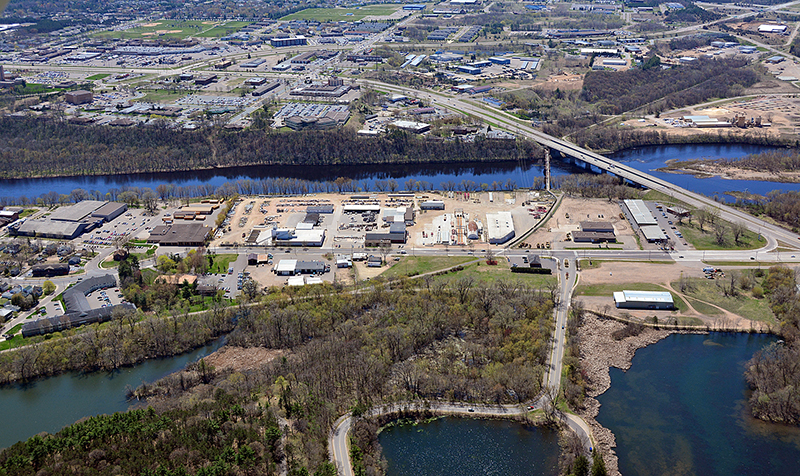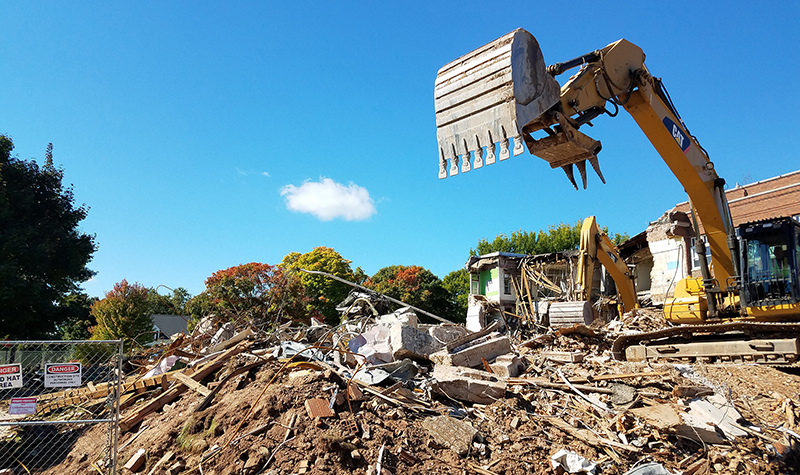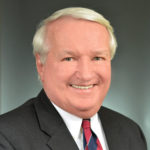Grants Spark Turning Point in Brownfield Cleanup
The U.S. Environmental Protection Agency will award millions of dollars for assessment, cleanup, and planning activities for brownfield sites later this spring. The submittal deadline is January 31, which means now is the perfect time … to start planning for next year.
Having a grant strategy aligned with the goals of the community and its projects leads to greater success than haphazardly chasing every grant that comes along. You need to have big picture ideas combined with specific objectives that will show grant reviewers how a grant will benefit your community and how you’ll keep the project moving forward for the duration of the grant and after it ends.
Why communitywide assessment grants?
For example, the EPA has been providing brownfield grants to communities across the nation since 1998. While there are several types of brownfield grants, the communitywide assessment grant is wildly popular as it can do so much for economic development for a community, is flexible in its usage, and allows the community the freedom and flexibility to assess and plan for adaptive reuse of idle and/or contaminated properties. Moreover, this is a rare grant that does NOT require any matching funding, making it a highly sought-after and competitive grant process.
 The communitywide assessment grant provides a full evaluation of the opportunities, constraints, and range of redevelopment possibilities related to the reuse of a brownfield site. This may include:
The communitywide assessment grant provides a full evaluation of the opportunities, constraints, and range of redevelopment possibilities related to the reuse of a brownfield site. This may include:
- Site characteristics and needs
- Area economy and demographics
- Physical and environmental conditions
- Applicable regulations
- Real estate market conditions
Knowing the potential site reuse helps to plan efficient characterization and cleanup of contamination and to prospectively target appropriate real estate markets. That said, this grant provides funding for reuse planning of the brownfield sites, so imagery and 3D animations can be created to bring life to lifeless properties and provide a vision for future developers. It’s very true that for developers and other stakeholders, a picture is worth a thousand words. Design concepts include visual representations such as sketch illustrations, renderings, and/or 3D models of the potential and preferred brownfield site reuse options, proposed land uses, access, and key infrastructure.
Top reasons to clean up brownfields
The EPA’s Brownfields Program empowers states, communities, and other stakeholders to work together to prevent, assess, safely clean up, and sustainably reuse brownfields. Revitalizing brownfield sites creates benefits throughout the community. Through fiscal year 2017, an average of $17.79 was leveraged for each EPA brownfield dollar, and 7.3 jobs were leveraged per $100,000 of EPA brownfield funds expended on assessment, cleanup, and revolving loan fund cooperative agreements.
Brownfield sites tend to have greater location efficiency than alternative development scenarios. Results of five pilot studies show a 32% to 57% reduction in vehicle miles traveled when development occurred at a brownfield site rather than a greenfield. Fewer vehicle miles traveled means a reduction in pollution emissions, including greenhouse gases. These same site comparisons show an estimated 47% to 62% reduction of stormwater runoff for brownfield site development.
Another EPA study found that residential property values increased 5.1% to 12.8% once a nearby brownfield was assessed or cleaned up. The study determined that brownfield cleanup can increase overall property values within a 1-mile radius by $500,000 to $1.5 million. Initial anecdotal surveys indicate a reduction in crime in recently revitalized brownfield areas.
The EPA highly values this grant, as it has proved itself to be a nonpartisan and effective tool for economic redevelopment in our communities.
Learn how to Effectively Leverage Grants for your Community
Ayres Associates has helped our clients secure nearly $16 million in EPA brownfield grant funds to assess and clean up their brownfield sites and bring their community visions to reality. Now is the time to start putting together a winning strategy for next year’s grant cycle.
Scott Wilson, vice president of development services, has helped communities nationwide craft winning grant strategies – and then has skillfully guided the work to implement their grant-funded projects.
Projects where strategic grant funding made the difference:
- Ashland Environmental and Redevelopment Services – Ashland, WI
- Cheyenne West Edge Brownfield – Cheyenne, WY
- Novation Technology Campus Brownfield Redevelopment – Madison, WI
- Palatka Brownfield Services – Palatka, FL
- Marquette School ESA and Demolition Specifications – Kewaunee, WI
- Janesville ARISE Brownfield Redevelopment – Janesville, WI


 By
By
Post a comment: